 Ditch dock pilings when sheepshead fishing during their spawning run
Ditch dock pilings when sheepshead fishing during their spawning run
Charleston area fishing guide Capt. Justin Carter began slowing the speed of the big Blackjack center console as the vessel approached the mark indicated on the boat’s chart plotter screen.
The area the boat was approaching was no secret fishing spot.
In fact, the GPS coordinates to this location have been published on the internet since shortly after the various wreckage and rubble used to create the artificial reef were sunk by the South Carolina Dept. of Natural Resources.
Although the site was no secret, Carter did have a few tricks of how to set up on and fish the site to give his clients the best shot at hooking up with some good fish. The weather was nice, especially for a mid-week day in middle February with a gentle swell and calm breezes. It promised to be a great day on the water, but Carter and company had the site to themselves.
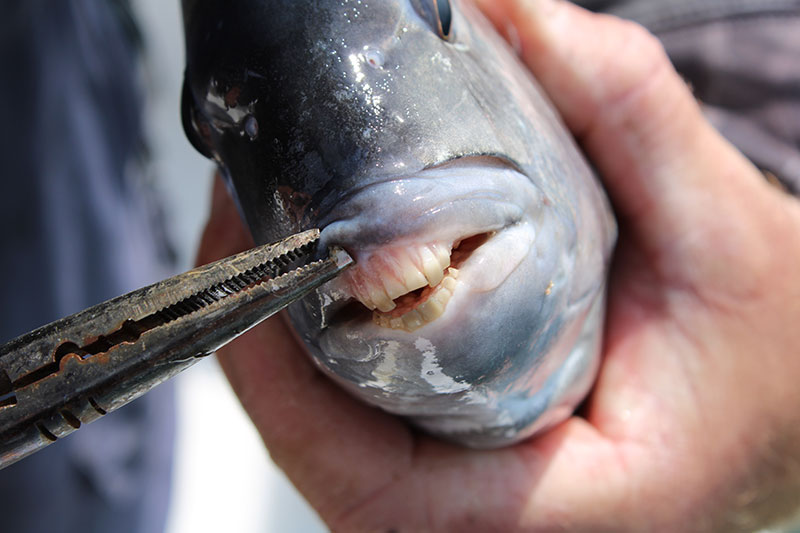
The first three line drops to the bottom resulted in predictable outcomes – that feeling of “was that a bite, or did I just bump the bottom?” The line returned to the surface sans bait. On the fourth drop, the angler connected and began fighting the hefty fish to the surface through the clear azure water.
At 10 feet from the surface, you could tell the fish had broad stripes across its sides.
The winter pattern
Inshore anglers who favor fishing around piers and boat docks in the Carolinas are more than familiar with sheepshead. Often dubbed “panfish of the sea,” sheepshead are readily available to anglers fond of fishing structure in the estuaries, bays, harbors, and waterways where the fish reside, particularly during the summer seasons. Sheepshead have salvaged many a fishing trip when redfish, trout, or flounder were not in the mood to bite.
Two features make sheepshead easily recognizable, the first being bands of dark stripes against a silvery white body, and the second being a mouth full of almost human looking teeth, albeit in bad need of a good dentist.
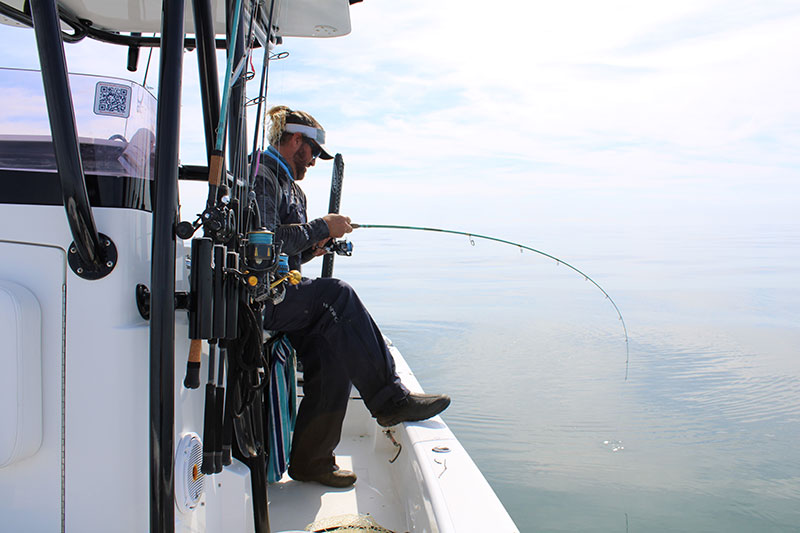
These two elements have also garnered them the handle “convict fish” because of the striped uniform and the teeth used to pick hooks clean with little or no notice given to the angler above.
Fishing for sheepshead during the winter was relatively unheard of as little as two decades ago. One reason is a lull of recreational anglers to the coast in cooler months. The other is these fish migrate out, although not all at the same time, to gather and eventually spawn on deepwater structure during the winter.
“This pattern starts in late December when the fish move out to deeper water. But the best bite is probably from late January till early March,” said Carter.
The surgence of artificial reef programs in the Carolinas has helped foster a wintertime fishery for sheepshead that is quite frankly, much better than most of their spring, summer and fall venues, if the weather cooperates. On the days when the wind and tides permit the 10 or so mile run out to the reefs, the fishing can be phenomenal.
Crabs are top bait
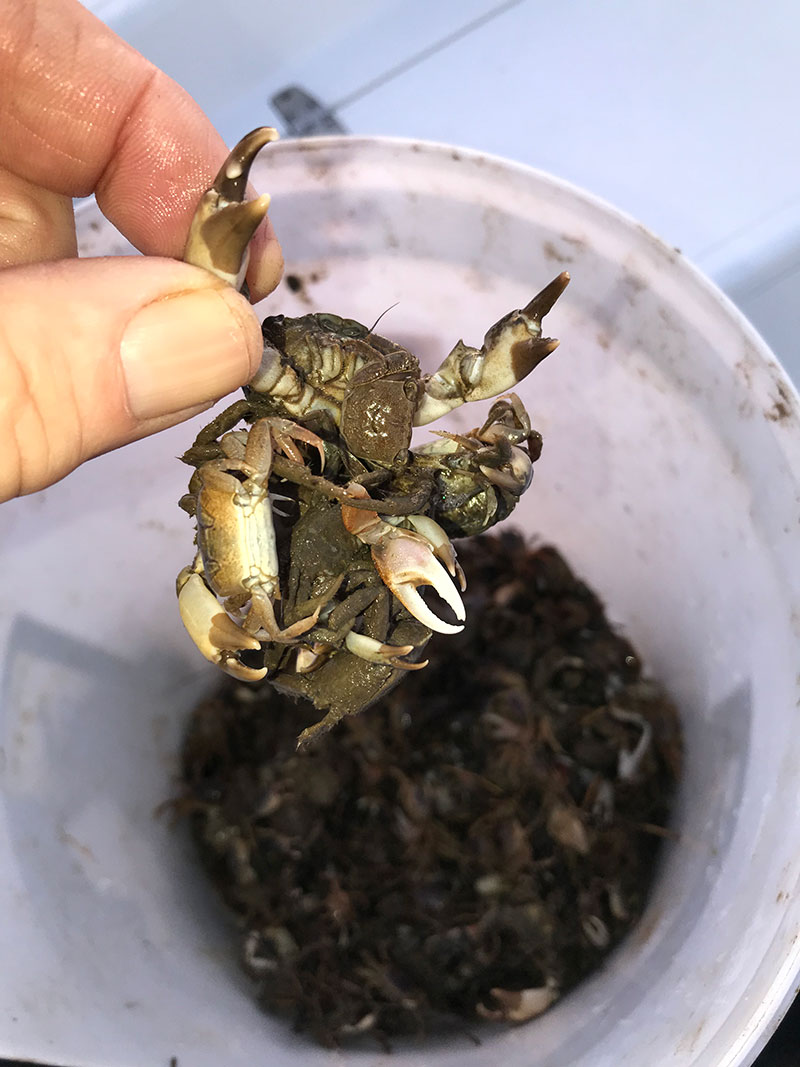
“I target those reefs that are in 60 feet of water or less,” said Carter. “These artificial reef systems provide habitat for not only sheepshead, but all kinds of baitfish and other marine life, as well as a lot of different gamefish species.”
Fishing for winter sheepshead is most effectively done in the classic bottom fishing style, where the boat is positioned directly over the top of the structure where sheepshead are holding, and lines are dropped vertically.
“Some anglers use a drop shot rig, but I prefer a Carolina rig with a short, 20-pound fluorocarbon leader,” said Carter. “Pair this with 30-pound braided main line on a 7-foot, medium fast action rod to feel those light bites, but with enough backbone to get them out of the structure before they can wrap you up.”
Sheepshead will eat a wide variety of baits ranging from invertebrates, clams, shrimp and even small finfish. But the number one bait is crabs, particularly fiddler crabs. During the days of federal management, circle hooks were a requirement for sheepshead fishing, but almost all states have dropped that requirement. Carter’s preference is a 1/0 offset Octopus hook made by Owner. These hooks have a little thicker gauge to keep the fish from biting them in half if they lay across those teeth at the right angle. He also admires the sharpness of these hooks. He frequently runs the point along his thumbnail to check for sharpness, and will change it if it’s not to his liking.
Pay attention
Although there is a recent trend in developing artificial baits for sheepshead fishing, the lion’s share of fish are caught using live bait. Fiddler crabs are at the top of the list, but other baits will work.
“Shrimp will work, but with shrimp, everything down there is going to hammer it and you lose the bait to something else before the sheepshead can get to it,” he said. “Fiddler crabs are great for everyday fishing. But for bigger fish, I like to use a mud crab. These are bigger than the fiddlers and they live in the same places, but the bigger fish will go for them over a regular fiddler.”
Sand fleas, oysters, and cut blue crab are sometimes back up choices on Carter’s bait list if fiddler crabs are in short supply.
The age-old question when it comes to sheepshead fishing is how to be more effective at setting the hook or rather, setting the hook into a fish instead of swinging and missing all the time.
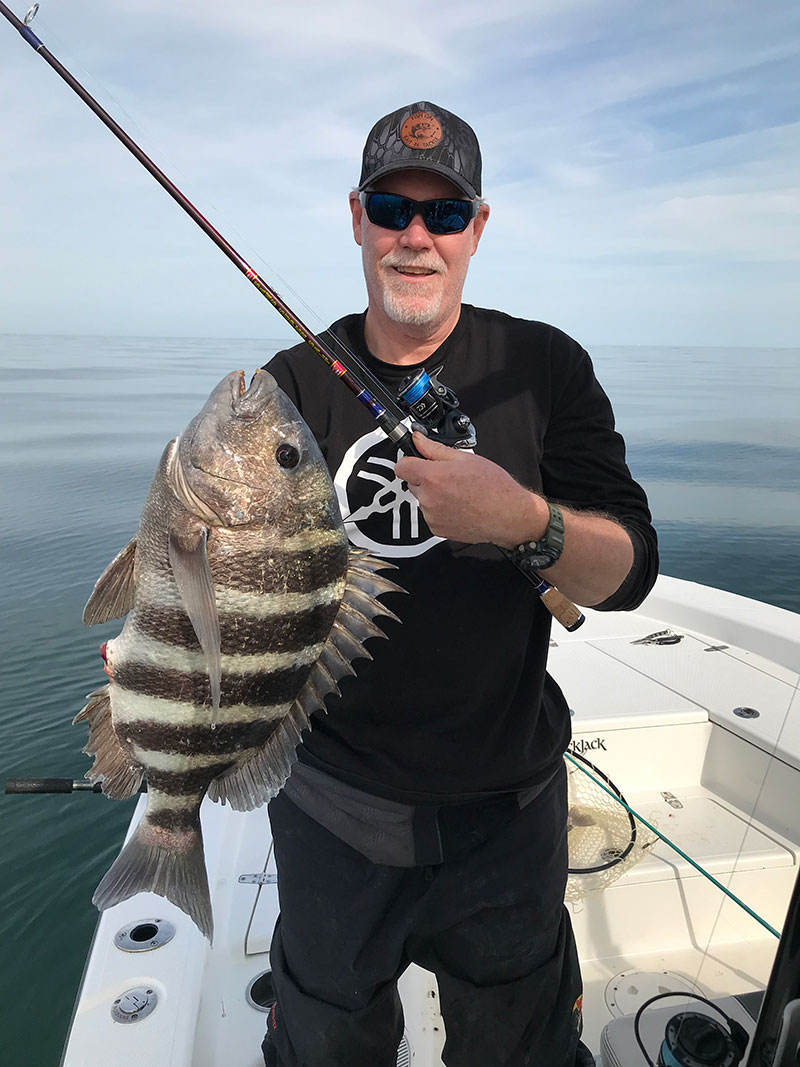
He said that sheepshead fishing is a mental game. You have to pay attention. You have to keep constant pressure on the weight and if anything changes, it’s most likely a bite. Occasionally, if a client just can’t get the hang of it, he’ll suggest reeling the weight about a foot off the bottom, and let the fish hook itself. But that creates a swing in the line that can result in no bites at all.
“I let the fish tell me what they want,” said Carter. “Much of that depends on their mood. If they are fired up, hooking sheepshead isn’t that much different than anything else. Most of the time, I’ll let the weight settle on the bottom, but keep a tight line. If there is some roll in the boat up top, there’s that sense of raising and lowering the rod tip just to keep touch with the bottom, then the line will just get heavy and the fish is on.
“You have to pick and choose your days to come out here,” said Carter. “But when the weather cooperates, this is some of the fastest, most fun fishing we do all year long.”
Chumming it up
Capt. Justin Carter revealed a variation on a chumming tactic that has worked inshore when fishing the deepwater reefs for sheepshead. Prior to the trip, he’ll gather barnacles and shell off a concrete piling, but instead of just chunking it over the side in 30 feet of water, he’ll grind the shell chum in a 5-gallon bucket and scoop it into a chum bag.
The bag is then tied to a heavy action rod which is placed in a rod holder on the bow of the boat. The bag is lowered to just a foot or two above the structure. From that point, the motion of the boat will shake the bag and help disperse its juicy contents.
Because he rarely rope anchors anymore, favoring a spot-locking feature on his saltwater trolling motor to hold the boat in place, the bow is left facing into the current. This allows the debris from the bag to drift back to where the baits are deployed, allowing his anglers to fish directly in the underwater chum slick.

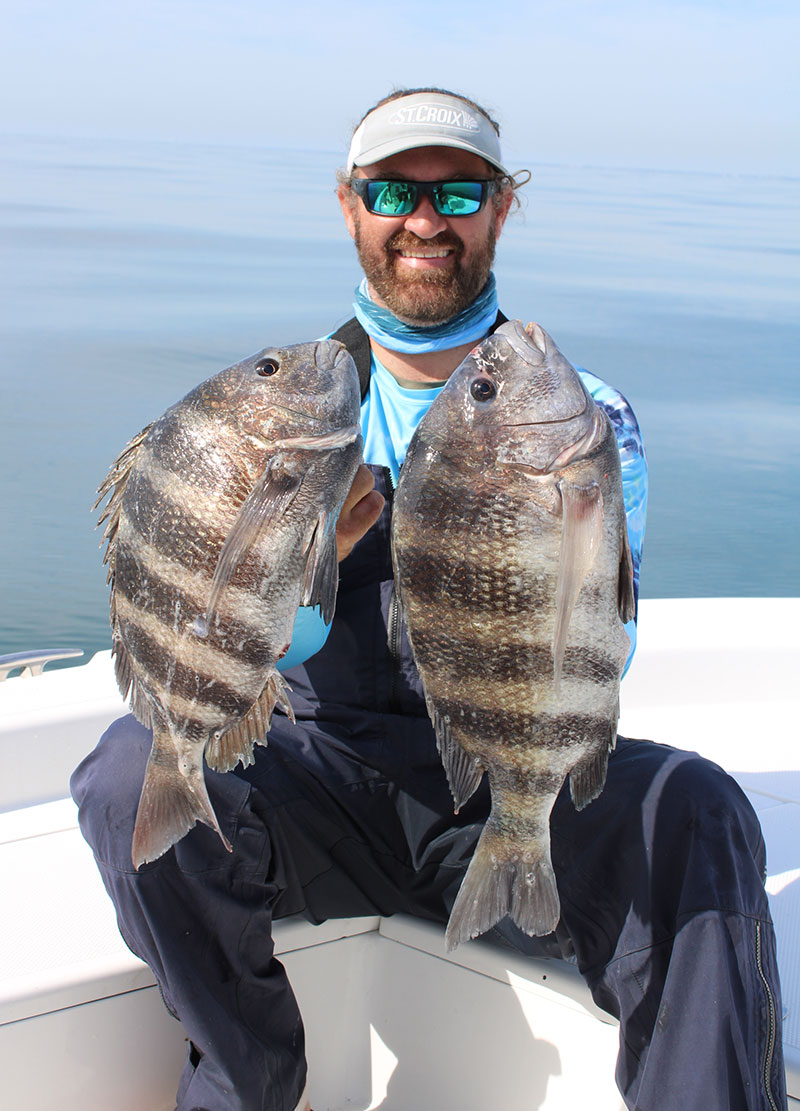
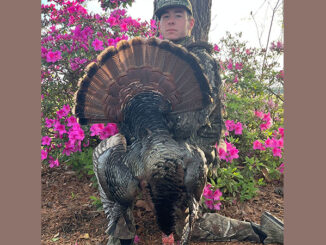
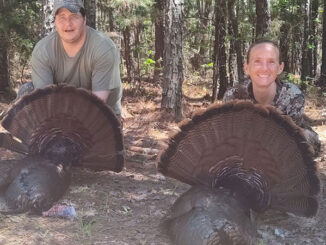


Be the first to comment